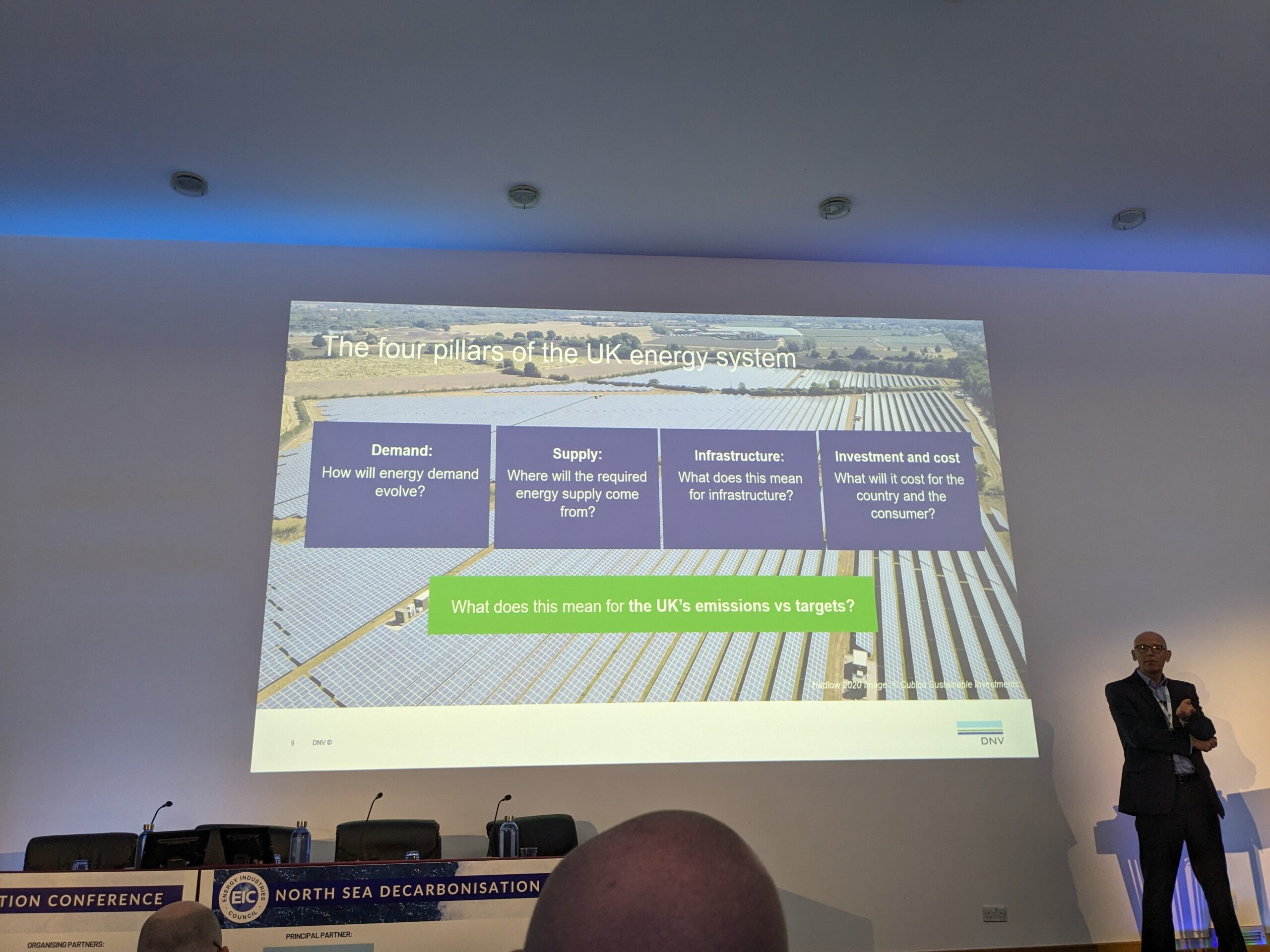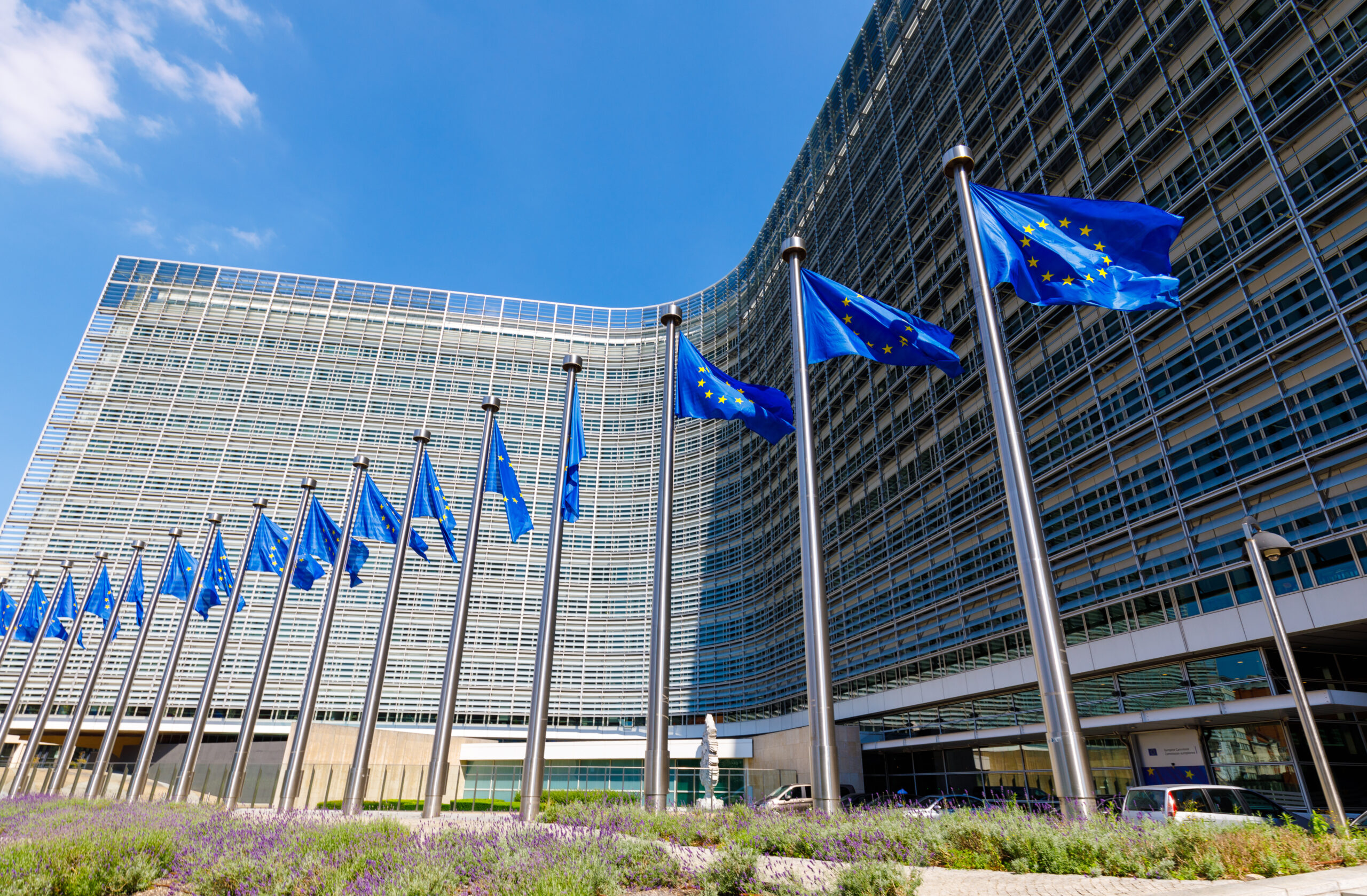“Nation-leading” order: Massachusetts tells gas utilities to electrify
Utility regulators rejected renewable natural gas and hydrogen as climate solutions, and ordered gas utilities to align their investments with climate laws. That may force gas utilities towards electrification.

Utility regulators in the U.S. state of Massachusetts issued a ground-breaking order that will push the state’s gas utilities away from growing their gas businesses, essentially telling them to prepare and plan for the electrification of buildings. The decision is a first-of-its-kind order, putting Massachusetts at the vanguard of the energy transition for buildings and gas utilities.
“As Massachusetts moves towards net zero emissions by 2050, the DPU must develop a regulatory structure for the gas sector befitting that requirement,” the Massachusetts Department of Public Utilities (DPU) Chair James Van Nostrand said in a statement.
“We are pleased to unveil a forward-thinking framework that charts a path for moving toward clean energy and enhancing the state’s ability to achieve its climate goals while ensuring a fair, equitable, and orderly process.”
On December 6, after several years of deliberations, the DPU, a state regulator of utilities, issued an order that will require gas utilities to align their future investments and planning with state climate laws, which require a 50 percent reduction in greenhouse gases by 2030 and a 90 percent cut by 2050.
Requiring utilities to comply with state climate laws may seem logical, but state utility regulators around the country are only just beginning to crack down on gas utilities, who by and large are continuing to add new gas infrastructure despite a patchwork of climate laws on the books in certain states.
“We’ve essentially been having two different conversations on gas over the last five years or more,” Caitlin Peale Sloan, vice president at the Boston-based Conservation Law Foundation, told Gas Outlook. While a variety of groups including environmental advocates, clean energy companies, and some in government were exploring ways to scale down the use of fossil gas in buildings in Massachusetts, “gas utilities were proceeding under the assumption — or the dream or delusion — that we would all still be burning gas in 2050.”
“We just don’t see a realistic situation where we’re going to be burning gas in 2050,” she said. “And so that means we need to start yesterday to plan for that transition to avoid utility death spirals.”
The Massachusetts DPU order will make it drastically more difficult for gas utilities to justify expanding their gas business. Up until now, gas utilities could recover the cost of investing in new infrastructure, such as gas pipelines or distribution lines, plus a rate of return, by billing customers for those costs. The new DPU order says that gas utilities can no longer recover those costs if there are non-gas alternatives, such as efficiency, demand response, electrification, and networked geothermal systems.
Because many of those solutions are available and economically viable, gas utilities are now facing the reality in which growth of their gas system has been mostly closed off, or at least, vastly more difficult to justify.
“I think the order set the firmer boundary about the standard of review for gas infrastructure expansion,” Peale Sloan said.
In addition to rejecting the conventional business-as-usual growth model for gas utilities, the DPU order also barred gas utilities from recovering costs from customers for promotional advertising, which had previously been the norm. It also orders utilities to analyse the risk that they are sitting on assets that will eventually become stranded.
It is “a first-in-the-nation and landmark ruling,” said Ania Camargo, the Thermal Networks Manager at the Building Decarbonization Coalition, a group of stakeholders that includes clean energy companies, unions, environmental groups and utilities pushing to decarbonise the buildings sector.
“I think that what’s amazing about this ruling is that it says no more business as usual,” she said. “It discourages investments in new gas infrastructure and encourages large-scale neighbourhood-scale solutions, such as networked geothermal and targeted electrification.”
Networked geothermal
The DPU positioned “networked geothermal systems” as one of the main options for gas utilities going forward. Networked geothermal is an innovative concept that proponents say could help decarbonise buildings while also lowering costs.
Geothermal systems run water through a pipe into the ground, where subterranean ambient temperatures are constant. That water can be heated or cooled, and returned to the building where a heat pump can heat or cool the space.
But standalone geothermal systems are expensive. Instead, “networked” geothermal can connect whole neighbourhoods or sections of a city through an underground web of pipes carrying water. Not only does this approach lower costs, but it can also pool the energy underground and store it, where customers can draw upon it as needed.
Networked geothermal also has the potential to solve the troublesome problem of who gets to decarbonise and who doesn’t. Currently, wealthier people are able to buy heat pumps and other zero-carbon technologies, with lower income customers left behind holding the bag for an increasingly costly gas system.
Networked geothermal allows entire sections of cities to be transitioned all at once. And because the gas utilities themselves can build the networked geothermal system, it can all be done in an organised way.
“It’s a way to get the utilities to do this because then they could do it at scale. And we could transition at scale and do it equitably, so that it’s for everyone and not only for the people who can afford it,” Camargo said.
Crucially, it would also offer gas utilities a way forward, potentially removing or reducing their political opposition to large-scale decarbonisation.
“If you think about it from a gas utilities perspective, this is a way to evolve,” Camargo said. “If states get serious about meeting their climate mandates — which is what Massachusetts is doing — then it means that we have to start slowly winding down the gas system and transitioning. So, it is a pathway for gas utilities.”
A new report from the U.S. Department of Energy (DOE) finds that a nationwide mass deployment of geothermal heat pumps would produce enormous savings for electricity customers and the electric grid, leading to cumulative savings of more than $1 trillion through 2050. In that scenario, widespread adoption of geothermal heat pumps would reduce wholesale electricity prices by 12 percent.
“Because [geothermal heat pumps] reduce the cost of power on the grid, as well as the marginal system cost of electricity, which, combined with reduced fuel consumption, reduces consumer energy payments, [geothermal heat pumps] are valuable for potentially achieving economic and environmental justice in underserved communities,” the DOE report found. “Because less grid infrastructure investment is required with the large-scale deployment of [geothermal heat pumps], they could reduce the cost of power for all grid consumers—even those who do not have the technology installed,” it emphasised.
Massachusetts regulators are hoping to kickstart this transition. The Massachusetts DPU order requires the state’s utilities to propose at least one decommissioning or targeted electrification project, and recommends they build pilot projects for networked geothermal. Some of the gas utilities are beginning to come around. There are five networked geothermal pilot projects underway across the state.
“We are currently reviewing the order and are thankful to the Department of Public Utilities for bringing together all stakeholders in an open and transparent process,” William Hinkle, a spokesperson for Eversource, a utility in New England, told Gas Outlook. “We look forward to continuing this collaborative process with our stakeholders to implement thoughtful gas decarbonization plans that best serve our customers and meet the commonwealth’s 2050 carbon reduction goals.”
National Grid, another prominent utility in the northeast with operations in Massachusetts, did not respond to questions from Gas Outlook.
Not only would the switch to networked geothermal systems cut costs and decarbonise the grid, but it would also put an end to the safety hazards of gas pipelines and distribution systems, which explode with alarming regularity.
And it would end the vulnerability to wild swings in commodity prices, with utility customers no longer at the whims of geopolitical unrest or fluctuations in gas markets.
“Networked geothermal is the most efficient system known to deliver heating and cooling,” Camargo said.
Massachusetts closes door on RNG and hydrogen
One of the preferred utility solutions for climate change is to propose the incremental blending of “renewable natural gas” or hydrogen into their gas systems. Renewable natural gas, or RNG, is methane gas from landfills or agricultural facilities.
Both RNG and hydrogen are in short supply and prohibitively expensive, and both have technological limits that mean they could likely never be large-scale climate solutions. Critics see them as a strategy of delay by gas utilities hoping to extend the lives of their existing gas infrastructure.
The Massachusetts DPU order rejected these proposals, largely foreclosing on them as mainstream options for decarbonisation. Gas utilities around the country are asking regulators to approve rate increases for RNG and hydrogen, which would basically mean getting customers to pay for these costly technologies.
The DPU order said that utilities could not recover costs for RNG and hydrogen. If a particular customer, such as an industrial facility, wanted RNG or hydrogen, then the gas utilities themselves (and their shareholders) would have to cover those costs, not the millions of ordinary customers. Without the ability to pass costs onto their broad customer base, it is unlikely that utilities will travel down the road of RNG and hydrogen.
That largely leaves utilities facing the prospect of decommissioning gas infrastructure over time and transitioning to electrification, which is what makes the DPU order so significant.
“I believe it it’s pretty unique and I think it’s nation-leading,” Peale Sloan said. “I really think and hope that this order will serve as a guidepost or something that other states can springboard from.”
Camargo said it is “just a matter of time” before other state utility regulators follow suit.



